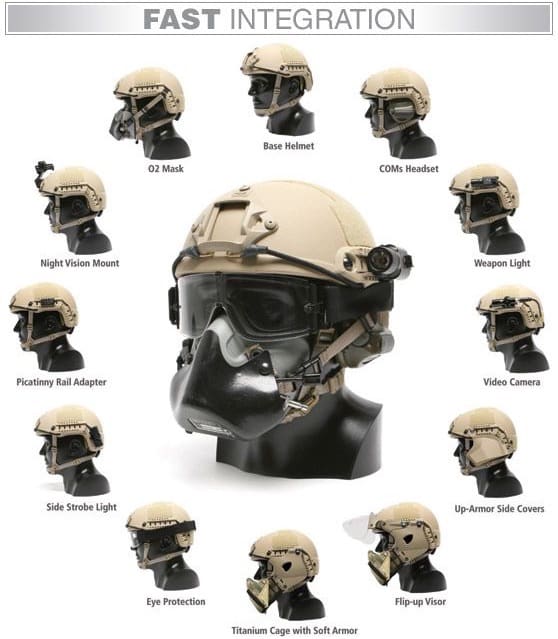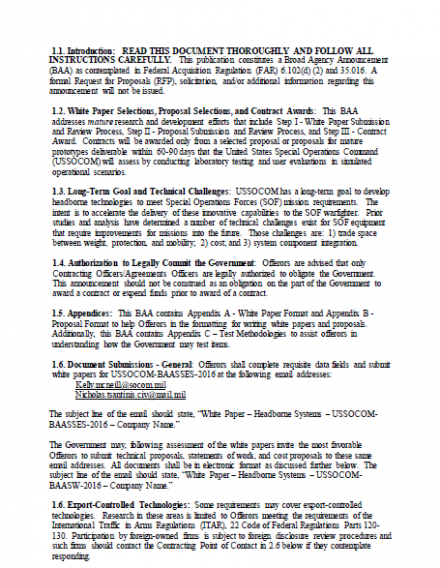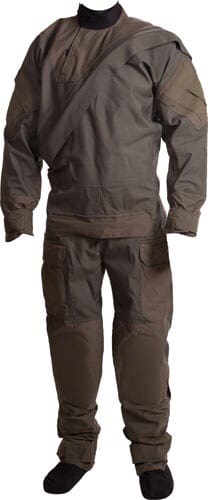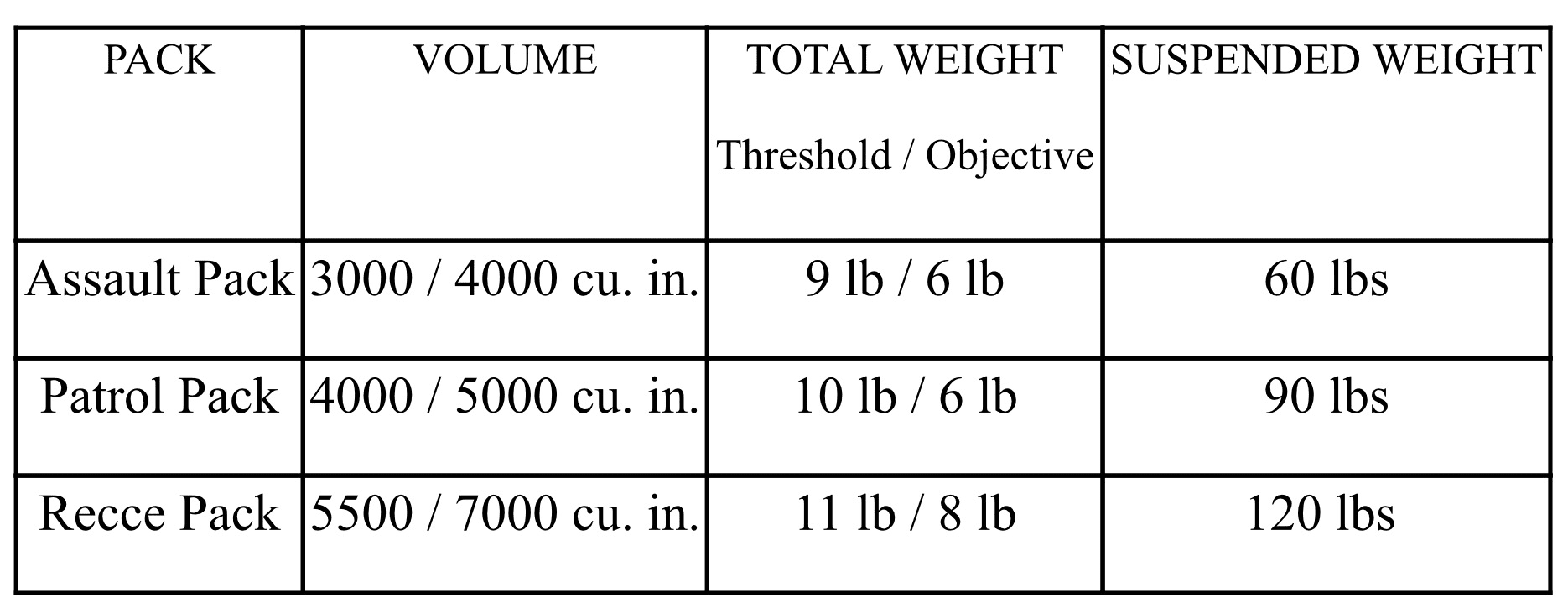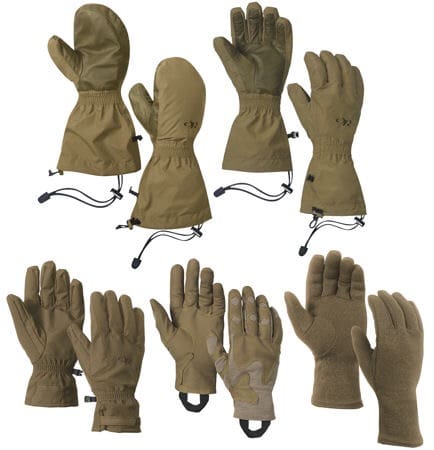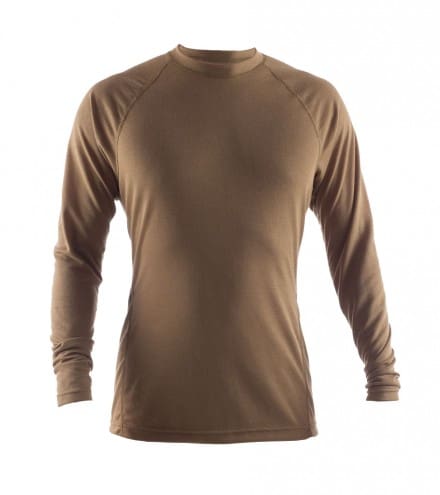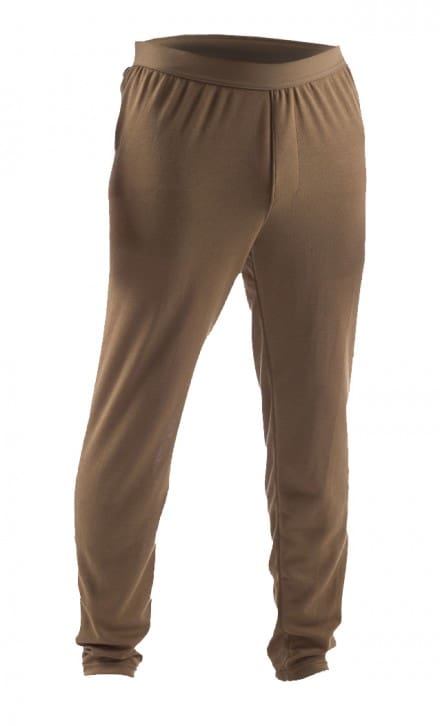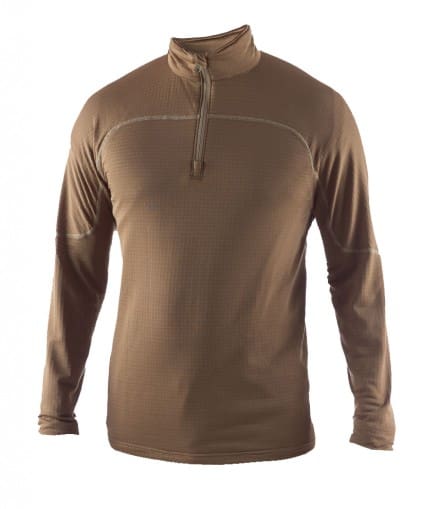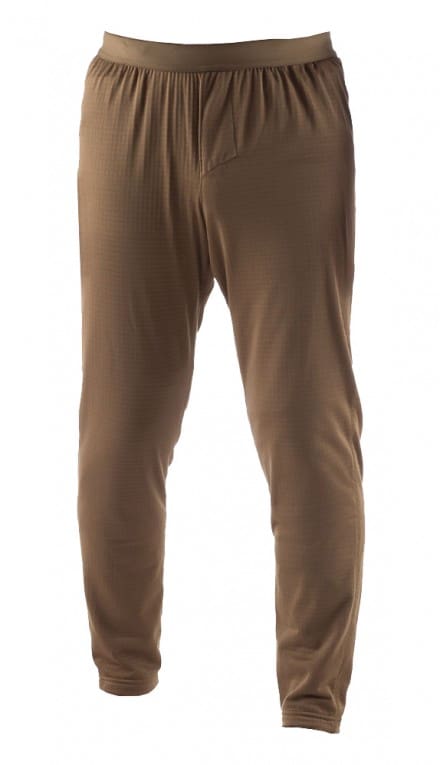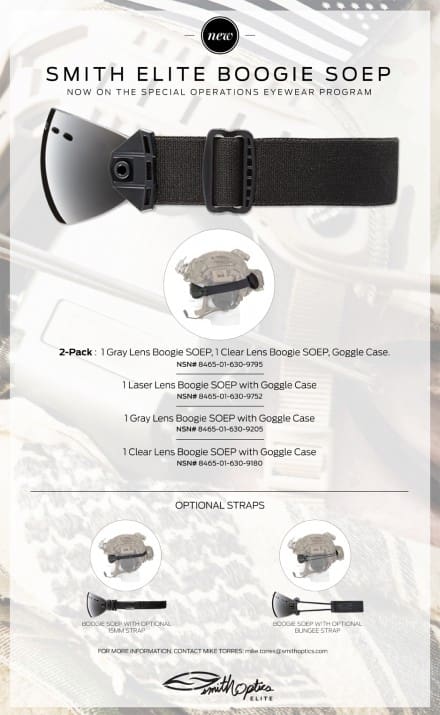We’ve seen interest in Jungle Boots and fabrics for Jungle Uniforms. This time it’s Jungle Rucks. In fact, earlier this month, the U.S. Army Natick Soldier Research Development, and Engineering Center (NSRDEC), Natick, MA issued a Request for Information (RFI) for a Jungle Rucksack.
DESCRIPTION
The U.S. Army Natick Soldier Research Development, and Engineering Center (NSRDEC), Natick, MA is seeking information and sample materials for test and evaluation purposes of available Jungle Rucksack that are capable of meeting the following performance requirements:
A. KEY PERFORMANCE PARAMETERS
1. Jungle Ruck will have a volume threshold of 2000 – 2500 cubic inches.
2. Must be acceptable and interface with current Body Armor (BA) and plate carriers: the Crye AVS and Eagle MMAC 2012.
3. Environmental conditions cannot degrade the system to the extent that is cannot be used for its intended mission.
a) Must withstand the effects of the full climatic range of jungle operations (generally 0-40 C, 32-104 F).
b) Must be rot, mildew, chlorine, salt water, UV light and petroleum, oils and lubricant (POL) resistant.
c) Must have a shelf life of not less than three years as a threshold and five years as an objective.
d) The backpack system must provide flame resistance equal to that of the current Ballistic Armor Load Carrying System (BALCS).
e) Pack should have better ventilation than legacy pack systems measurable by user evaluations. The pack frame MUST provide standoff from the back of the user for ventilation ability. Either an external frame or internal contoured frame should meet this requirement.
B. OTHER PERFORMANCE CHARACTERISTICS
1. Pack can be attached to personnel to be flown under Parachute operations without causing increased risk of injury (HALO & Static Line).
2. Must be capable of supporting the weight of an attached loaded Butt Pack with a weight of 20 pounds.
3. Items must be capable of being made in Multi Cam, AOR1, AOR2, and Coyote.
4. Pack weight of 4 pound as a threshold and 3 pounds as an objective.
5. Must be compatible and interface with BALCS components to include Low Visibility Body Armor Vest (LBAV) and Load Carriage System (LCS).
6. Use an Internal, external or hybrid frame style. The Pack suite is expected to fit 5 – 95 % males with built in torso length adjustability from 14 – 21 inches and 3 sized waist belts (S 28-34, M 34-40, L 40+)
7. Jettison capability that can be done quickly under 10 seconds and not causing harm to personnel who are standing or running during jettison maneuvers.
8. Integral load carriage system padded and reinforced so that personnel can carry heavy and/or irregular shaped loads and capable of carrying/supporting a maximum of 90 lbs.
9. The frame and/or its supporting elements shall be ergonomically efficient and sized to optimize compartment and equipment placement (minimum number of sizes with minimum number of adjustments). Provide adjustments (straps, cords, or other mechanisms) to allow the shifting of the load from the shoulders to the hips and vice versa to minimize discomfort/muscle strain in those areas while wearing the system. The majority of the weight should be placed on the hips. The shoulder straps will provide a quote mark clean quote mark surface to the front which will not interfere with the shouldering and firing of a weapon.
10. For minimal interference with individual movement, Pack should utilize a minimum amount of MOLLIE compatible webbing on the back of the Pack for the attachment of external items.
11. Sides of pack will be slick with no webbing or attachment points in order to reduce snagging in operational environments.
12. The back pack shall be compatible with the current Commercial Off the Shelf (COTS) hydration suites (100 oz standard bladder) providing a method of retention to secure the bladder.
13. The pack will have a removable (quick release) top/closing flap that is a light backpack/bolt bag 200-500CI.
14. The pack will provide a means for communications pass through.
15. The pack will contain a removable inner pouch with keeper capable of maintaining a radio (PRC117 size) at the top/back part of the backpack for accessibility with drainage.
16. Must withstand delivery by parachutist as part of the main pack or as a standalone item. As a threshold the patrol pack must be deliverable by the Single Point Release Harness, H – Harness, Spider Harness or parachutist drop bag.
17. The Pack must have a top and side carrying handles rated at 105 lbs.
18. Personnel must be able to easily manipulate the adjustment and release mechanisms while wearing cold weather and wet suit gloves during the day and night.
19. The shoulder straps will provide a quote mark clean quote mark surface to the front, which will not interfere with shouldering and firing of a weapon.
20. The pack shall be comfortable and not cause hot spots, chafe or discomfort to the wearer. It shall allow for full range of movement of all appendages.
21. The pack must be of water resistant design (material) and incorporate drain holes/grommets in all the components to include pockets and pouches.
22. Must be compatible with other items of individual equipment both fielded and emerging.
OTHER REQUIREMENTS:
Materials must also meet the requirements of the Berry Amendment, 10 USC 2533a.
REQUESTED INFORMATION
Vendors who believe they have product(s) capable of meeting the above requirements are requested to submit a short (no more than 3 pages total) summary, including description, performance information, pictures and website (if available). Vendors are also request (but not required) to submit a sample of one (1) yard of material with their response to this RFI (see below). The three (3) page summary must include Company name and address, point of contact with phone number, DUNS number, Cage Code and a statement regarding any small business designation (if applicable), by the date and to the address noted below. The North American Industry Classification System (NAICS) code is 315990 – Apparel Accessories and Other Apparel Manufacturing and the small business size is 500 employees.
Interested parties have until 4:00PM EST 2 February 2015.
